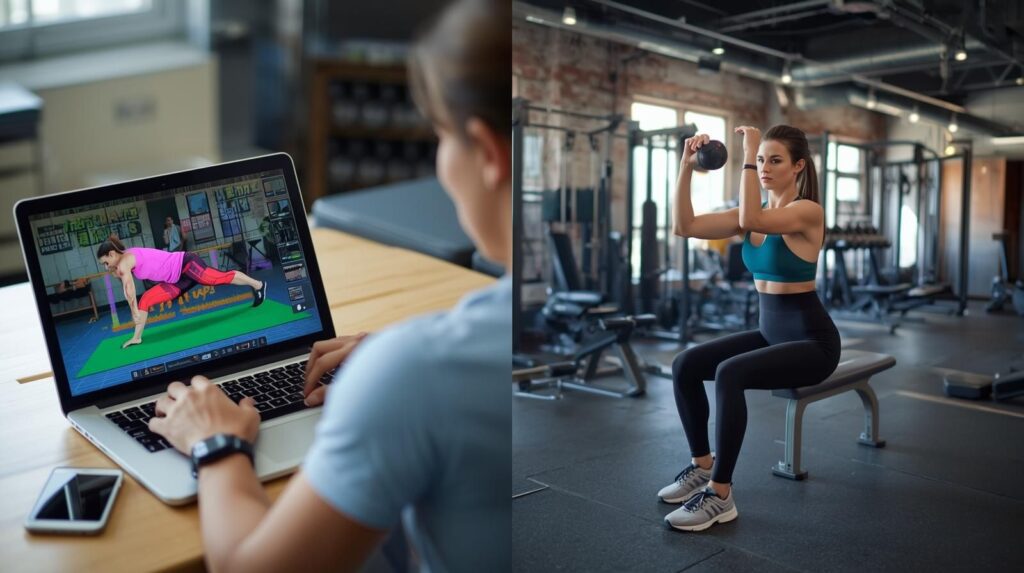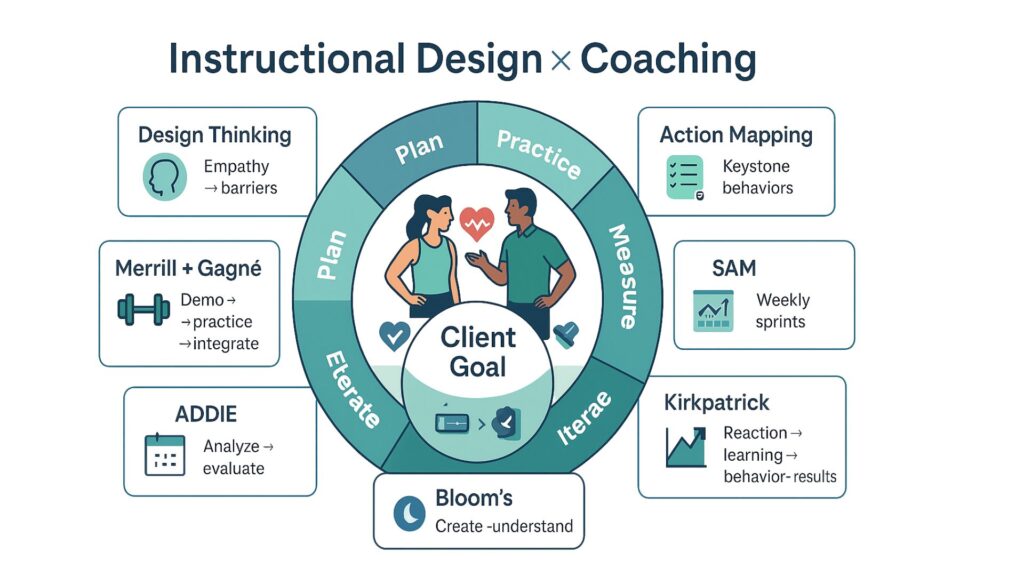Online vs. In-Person Fitness Coaching: How to Choose (and Why “Live Online” Might Be Your Sweet Spot)

Health and fitness coaching now spans a spectrum—from live online sessions over Zoom or FaceTime to entirely in-person training, with hybrid options in between. That’s good news because you can choose a format that fits your goals, schedule, budget, and learning style. The key is understanding how each model actually works day-to-day, where it shines, […]
Designing Behavior Change: Instructional Design Models for Personalized, Testable, Measurable Fitness Coaching

I chose to include fitness coaches and how one can use them with various ID models. I actively use these learning design models with my clients. When I think about Instructional Design (ID) in health and fitness, I’m really thinking about building reliable behavior-change systems—personalized, testable, and measurable. Below is how I apply each model […]
What This Core Thing About?

Does core always mean six-pack
Bodimatrix Chocolate, Banana and Peanut Butter Cups

Weekly Recipe Chocolate, Banana and Peanut Butter Cups by BODIMATRIX